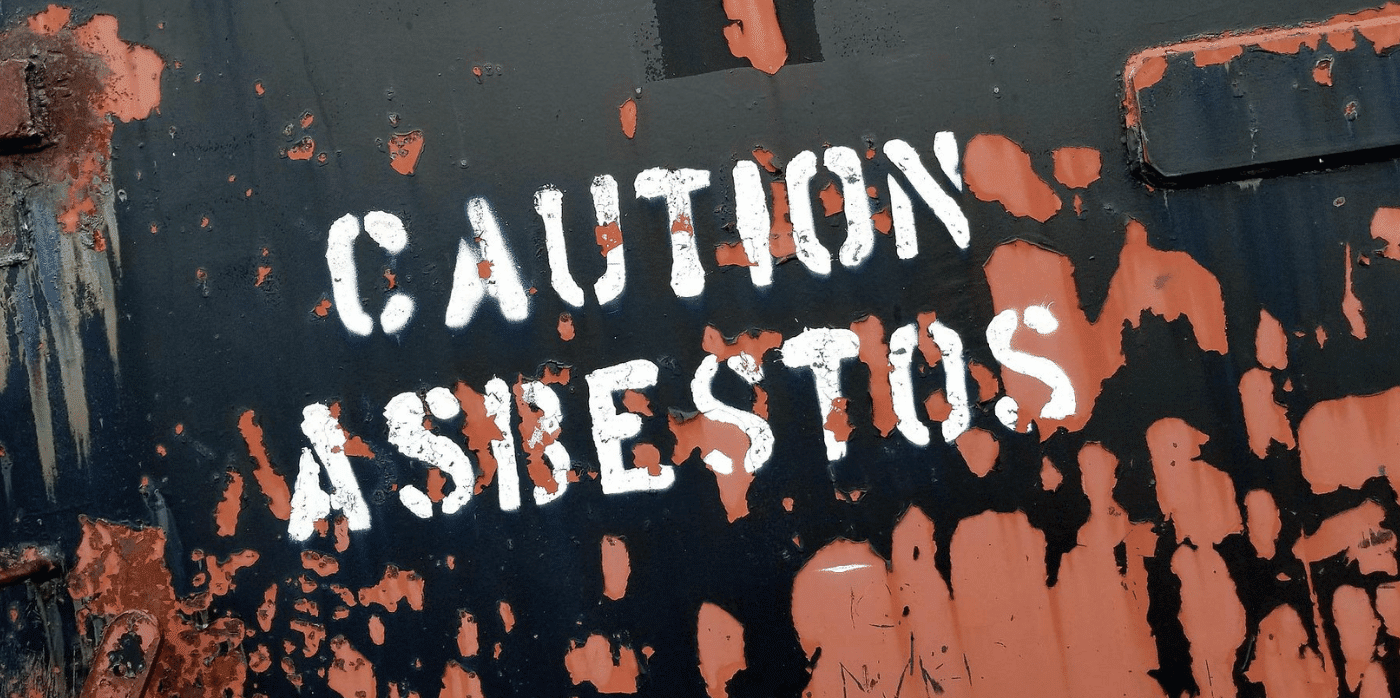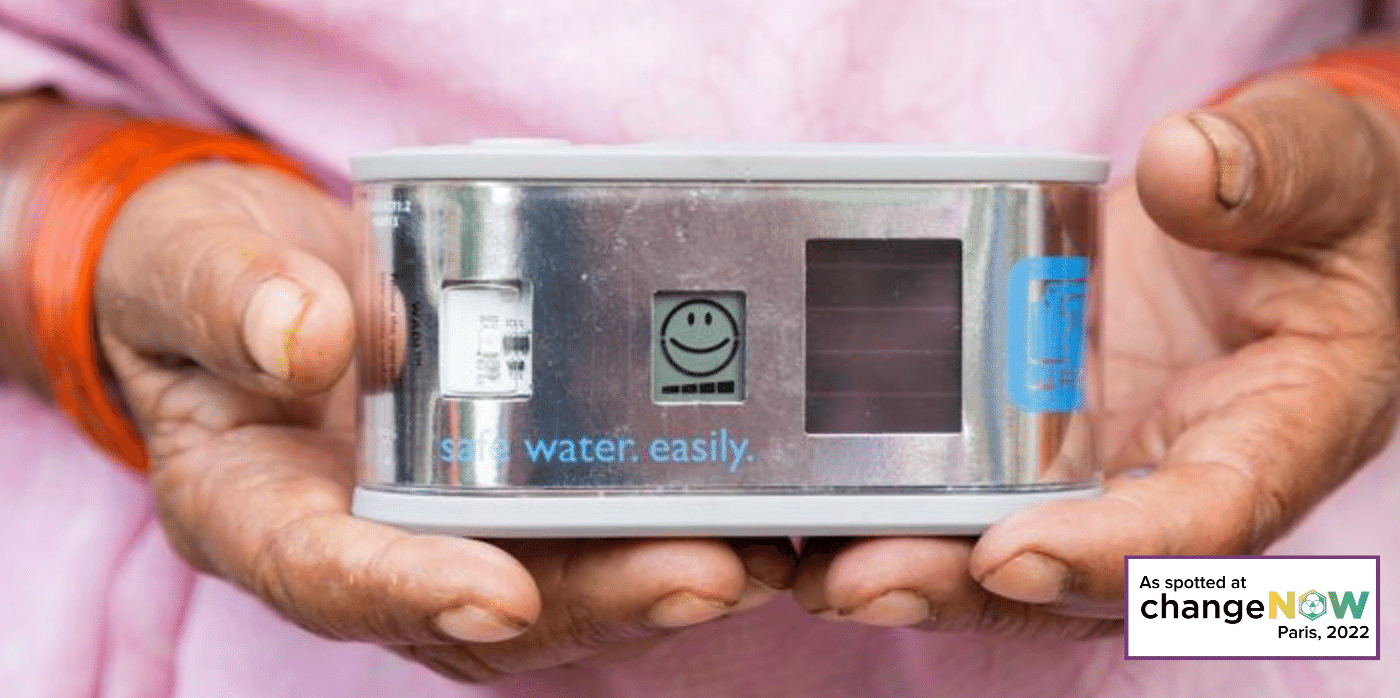Global innovation spotlight: Belgium – Springwise
Global innovation spotlight: Belgium
Global Innovation Spotlight
Reflecting our global Springwise readership, we explore the innovation landscape and freshest thinking from a new country each week. To celebrate the Belgian National Day yesterday, we are celebrating three exciting innovations from Belgium…
Belgium innovation facts
Global Innovation Index ranking: 22nd
Climate targets: reduce greenhouse gas emissions in Belgian territory by at least 80-95 per cent by 2050 compared to 1990
Sustainability issues
Water stress – Belgium hit the headlines as a result of devastating floods. But despite this sudden influx of water, the country has actually been struggling with water scarcity. Lifestyle factors are partly to blame with the average Belgian using 7,400 litres per day, over double the global average.
Air pollution – As with many European countries, air pollution is a key issue in Belgium, with 98.4 per cent of the population exposed to pollution levels above World Health Organization limits. And a recent citizen-led air quality project found large disparities in air quality between richer and poorer areas.
Pesticide contamination – Pesticide contamination is a particular issue in Belgium. One study from the Pesticide Action Network found Belgium to have the highest level of toxic pesticides in the EU. The data, collected by over 30 European agencies between 2011 and 2019, found that one in three fruits in Belgium is contaminated by pesticides harmful to human health.
Sector specialisms
Marketing and sales
Health
Social and leisure
Source: StartupBlink
Three exciting innovations from Belgium

SMALL TURBINES TURN ALMOST ANY RIVER INTO A HYDROELECTRIC POWER SOURCE
Rivers and canals that have mostly been overlooked as sources of renewable energy could begin providing enough power for an entire community. Belgian company Turbulent has developed vortex turbines that are small enough for use in almost any river or canal. Called Living Rivers, the systems of turbines all have impellers that move at a low enough speed to allow marine life to pass safely through the entire structure. Read more.

A HI-TECH FACTORY SUPPORTS CIRCULAR MUSHROOM PRODUCTION
Mushrooms are not only tasty – they are in demand. In 2020, the global mushroom market produced 14.35 million tonnes of fungi, but this figure is forecast to reach 24.05 million tonnes by 2028. And the growth of vegetarian and vegan diets is whetting consumers’ appetites for exotic mushrooms in particular, with varieties such as shiitake and oyster growing in popularity. How can this demand be met sustainably? Belgian urban farm Eclo is using recycled organic waste as a substrate for growing exotic mushrooms. Read more.

USING OLD ELECTRIC VEHICLE BATTERIES TO STORE EXCESS SOLAR AND WIND ENERGY
As the world increasingly turns to renewable energy sources, the need for efficient and sustainable energy storage solutions is bigger than ever. That’s why Belgian startup Octave has designed a battery energy storage system (BESS) for stationary energy applications. The system is particularly innovative as it is made from the discarded batteries of electric cars. The development is timely given that Europe alone is expecting 30 million electric cars to be rolling off forecourts by 2030. Read more.
Words: Matthew Hempstead
To keep up with the latest innovations, sign up to our free newsletters or email info@springwise.com to get in touch.
22nd July 2022

























